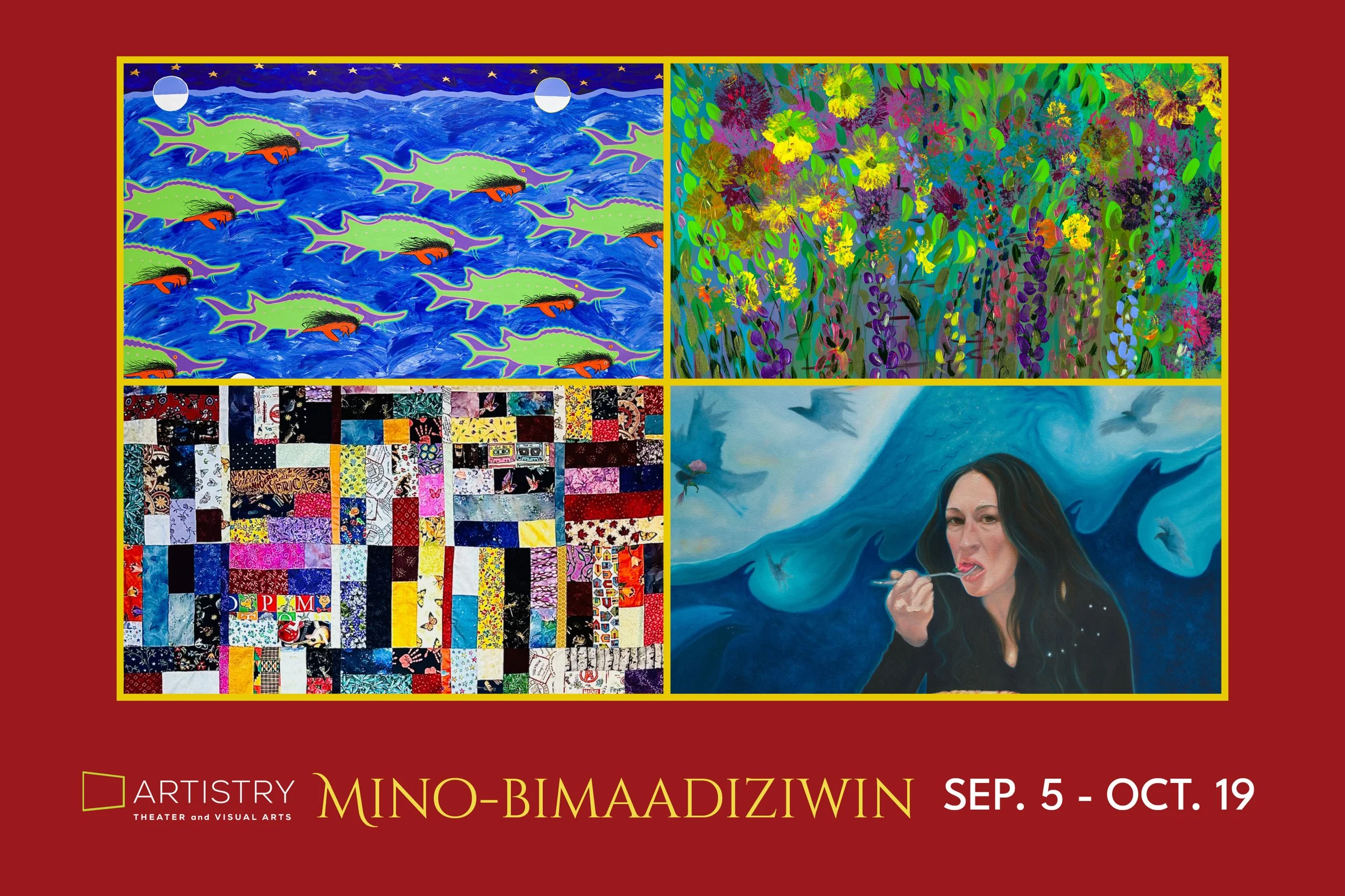
Waterways and Prairies
Minnesota artist Kristen Lowe explores the fragile beauty of living things in her new exhibit, WATERWAYS AND PRAIRIES, at the Confluence Gallery.
Drawing inspiration from local rivers, owls, herons, and coyotes, Lowe uses intricate layers of charcoal, Japanese wood, and natural materials to capture the spirit of the landscape and the creatures within it.
Discover the layers of mythology and spirituality hidden in plain sight. What do you see?































